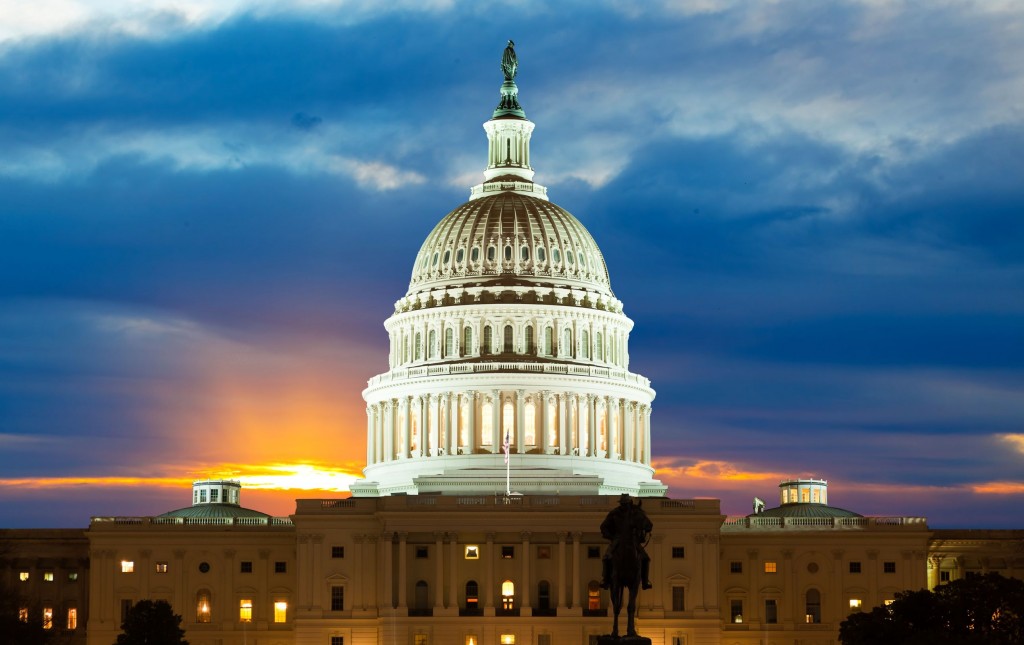Fusion Legislation Signed into Law
On Sunday, December 27, President Trump signed into law the COVID relief and omnibus appropriations bill. Within this large bill, there was an amendment, added by Representatives Lamb and Trahan, that will support the development of fusion energy in the United States. This landmark legislation will accelerate fusion energy development by authorizing new programs in the Department of Energy, supporting international collaboration, and bringing the private sector more closely into collaboration with the public sector.
This legislation is an important ratification of the work done by the fusion science community in their community planning process, supporting their efforts to re-prioritize fusion energy research. The FIA supported the release of the FESAC report outlining the plans.
The FIA would like to thank Representatives Lamb and Trahan for their support for the Amendment, the Department of Energy for their openness to considering such a program, and the broader fusion scientific community for their thoughtful ideas in support of new public private partnerships.
Below, you can read a summary of the fusion legislation and an explanation of the new fusion public-private partnership program that it creates.
Building a Milestone-Based Public-Private Partnership
This amendment will create a new opportunity for the federal government and the private sector to work together and take advantage of each other’s unique strengths. The Fusion Industry Association has been advocating for a new Milestone-based public private partnership since 2018.
- The principles of the program would be limited government investment and limited exposure to downside risk, fixed-price milestones, preserving industry intellectual property, and minimizing government requirements to allow for innovation.
- DOE and its national labs provide unquestionable knowledge and technical capabilities that have been proven throughout the years and are recognized globally as the leaders in R&D.
- The growing number of companies in the private fusion sector has the ability to innovate and efficiently take ideas from the lab to the marketplace. They fully understand that not only must the technology work, it must also meet the market requirements for quality and costs. If the private sector doesn’t get it done, then public funding will not flow.
- The partnership agreements would include certain milestones to be completed by the private sector partners. Government payments under the partnership would be made only upon completion of agreed-upon milestones. The private sector partners would be responsible for all costs until milestones are achieved and verified by the DOE expert review teams.
- The private sector partners would be responsible for all cost and schedule overruns. DOE would also have the option to terminate the partnership agreement in the event the agreed-upon milestones are not met. This approach will maximize industry’s incentive to minimize costs and schedule delays, unlike traditional government programs.
- This model of funding has been successfully demonstrated in the past. NASA took this approach under its Commercial Orbital Transportation Systems (COTS) program. This program resulted in a 10x reduction in development costs for a space launch vehicle, a 2.5x reduction in NASA management costs, and 2-3x reduction in cost per kg reduction of putting cargo in space. Ultimately, the program enabled the success of SpaceX.
- The amendment authorizes $325 million over 5 years for the partnership program to build these fusion demonstration facilities. It would be highly leveraged by a match of at least $325 million from private industry. The nation would experience at least a doubling of its research investment given industry’s contribution.

